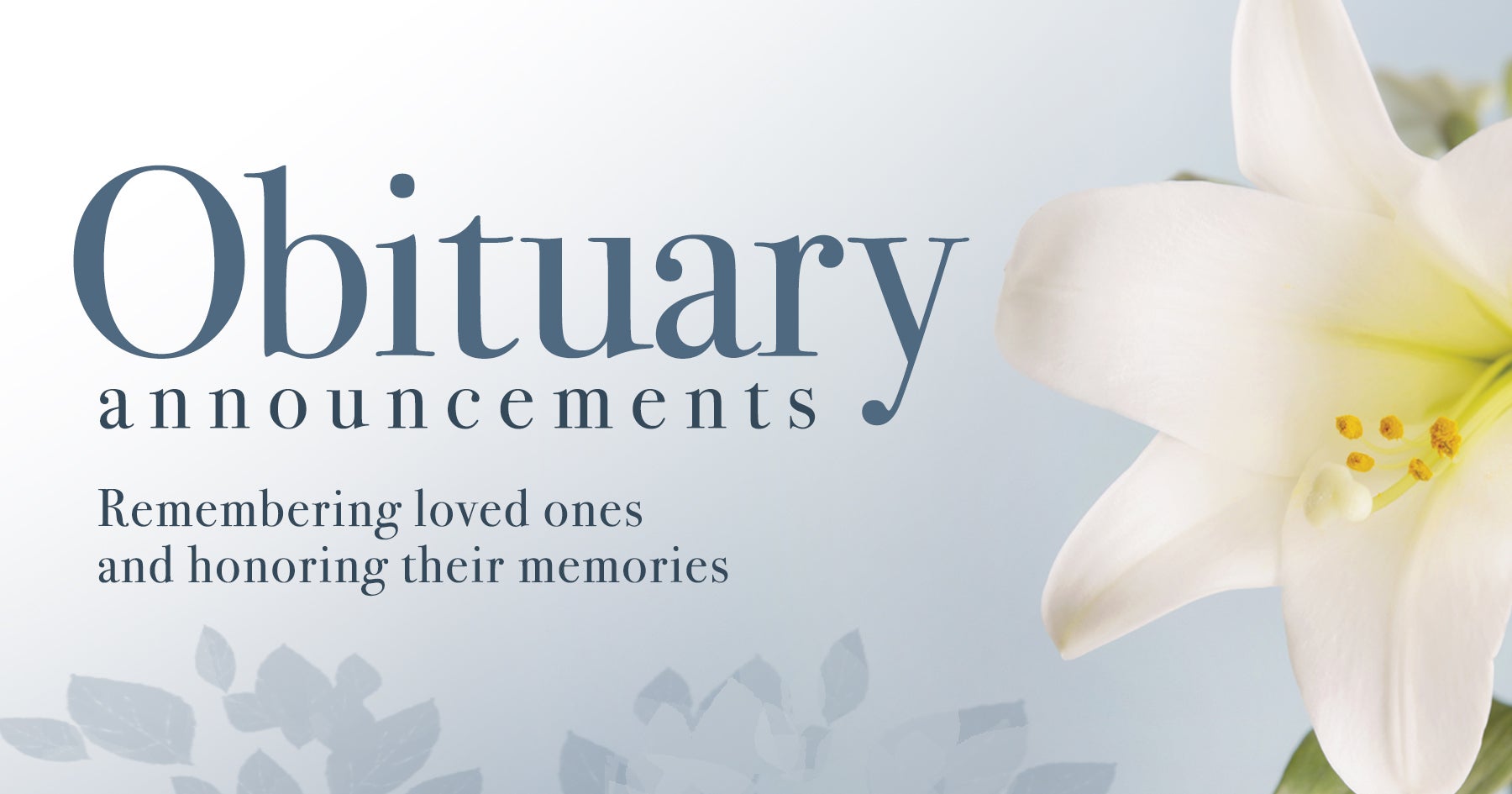Self-exams key to fighting breast cancer
Published 4:02 pm Friday, October 21, 2011
The topic of breast cancer sweeps the country every October as fundraisers are held, money is raised and people work to spread awareness. However, the first step in bringing awareness should be individuals checking themselves for breast cancer.
Dr. Chiazom Omeruah, a family practice doctor at L.V. Stabler Memorial Hospital breaks down a step-by-step process that people need and should go through on a frequent basis to check for breast cancer.
“Two weeks after [a woman’s] menstrual period, [she] can do self-breast exams,” Omeruah said. “They can do this in the shower, or when they remember. They just need to make sure to look for lumps or bumps or anything abnormal that hasn’t been there since birth or it just hasn’t sprung up.”
Men should also conduct self-breast exams and especially men who have increased breast tissue, she said.
If an abnormality is found after the breast examination is complete, one should immediately contact a primary-care doctor.
“Definitely go get a word out to your primary care doctor and let them know what you find, where it is and call in to have a breast exam,” Omeruah said. “Have a radiology graph, ultra sound and mammogram to make sure what it is.”
For something that is found abnormal, doctors will complete a biopsy.
“They will take a pinch of the tissue, look at it, send it to pathology and look at cells and see if there is anything normal or abnormal,” Omeruah said.
If the cells are found normal, the patient and physician are free to decide what will be best with either removing the abnormality or let it be resolved on its own.
However, if the cells are found to be abnormal and cancerous, the patient will be put through further treatments to get ridof the cancerous cells.
For those who have no family history of breast cancer, it is still possible to develop breast cancer.
“Research does show that people having no family history can have a random breast cancer incident,” Omeruah said. “Quite a few of them have been happening lately. I would advise women, if you have no history, at the age of 35 to get your first mammogram. If the first mammogram is normal and you still have no family history, you can wait until 40 to have another, but from 40 onward you should have regular mammograms.”





